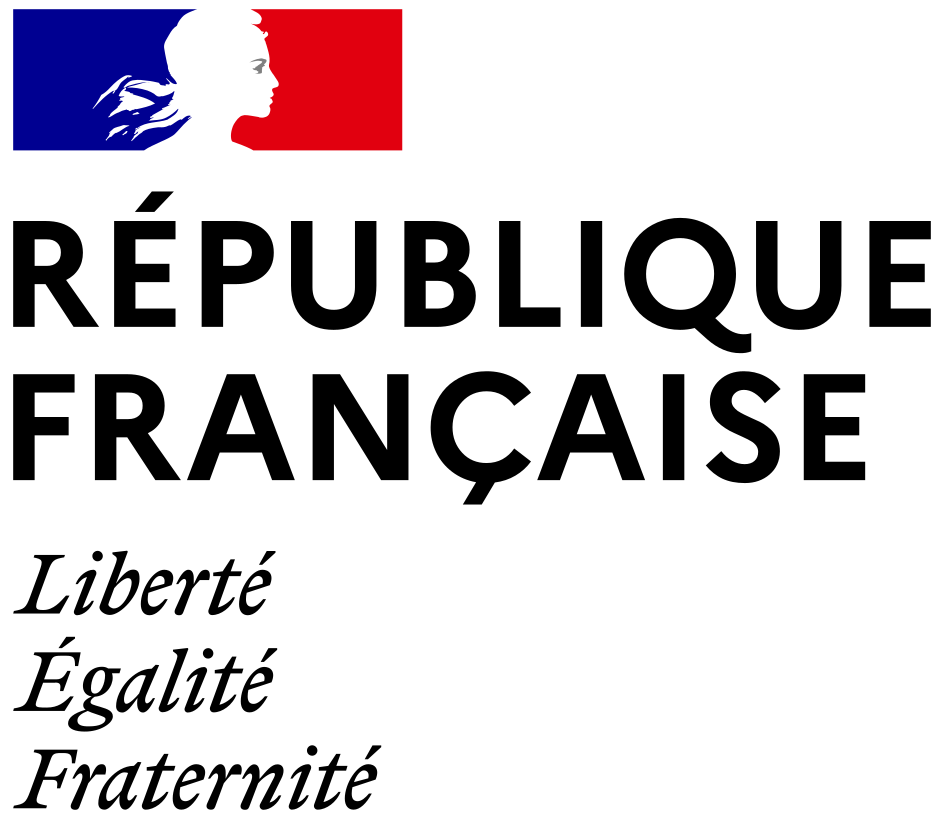Polysemische Tote: Gräber im Kontext ländlicher Siedlungen im Frühmittelalter (5.-11. Jahrhundert) im Elsass
The many meanings of the dead: residential burials in Alsace in the first half of the Middle Ages (5th–11th c.)
Des morts polysémiques : les sépultures en contexte d’habitat rural au premier Moyen Âge (ve-xie siècle) en Alsace
Résumé
Die Untersuchung von Gräbern, die im Kontext ländlicher Siedlungen des Frühmittelalters entdeckt wurden, wurde im Rahmen eines Projet Collectif de Recherche unternommen (gemeinsamen Forschungsprojekts), das den „Espaces et pratiques funéraires en Alsace aux époques mérovingiennes et carolingiennes“ (Bestattungsräume und -praktiken im Elsass in der merowingischen und karolingischen Zeit) gewidmet ist, hat zum Ziel, eine archäologische und anthropologische Untersuchungsmethode zu entwickeln, die an ein heterogenes Korpus und eine begrenzte Forschungszeit angepasst ist, und das elsässische Korpus nicht nur mit dem der regionalen Gräberfelder, sondern auch mit dem der im Siedlungskontext bestatteten Bevölkerung in Frankreich und Baden-Württemberg zu analysieren und zu vergleichen. Anhand eines Korpus von 19 Standorten mit 171 Gräbern, und 192 Individuen, sowie 46 C14-Datierungen und 30 Datierungen durch die Untersuchung der Grabbeigaben wurde eine Methodik entwickelt, die einen chronologischen, topographischen, proxemischen, biologischen und sozialen Ansatz dieser Praxis ermöglicht. Innerhalb des Zeitraums von etwa drei Jahrhunderten, in dem diese Praxis belegt ist, wurden drei große chronologische Phasen unterschieden. Es wurden drei topografische Anordnungen von Gräbern identifiziert: einzeln, in Gruppen und in Ensembles. Bestattungsgesten und -architektur ähnelten denen, die in großen zeitgenössischen Bestattungskomplexen zu beobachten sind. Die demografische und biologische Untersuchung der begrabenen Bevölkerung zeigt ebenfalls ähnliche Ergebnisse wie in den Friedhöfen. Die vorgeschlagenen Interpretationen in Bezug auf Eigentum und Grenzen, Familie und Glauben werden mit den allgemeineren Interpretationen in Frankreich und Nordwesteuropa verglichen. Auch wenn die erzielten Ergebnisse noch bescheiden sind, sollte die entwickelte Methodik es in Zukunft ermöglichen, weitere heterogene regionale Korpora zu bearbeiten und weitergehende Vergleiche anzustellen.
Conducted as part of a Collective Research Project (PCR, Projet Collectif de Recherche) titled “Funerary spaces and practices in Alsace during Merovingian and Carolingian times”, the study of residential graves, discovered in early medieval rural dwelling contexts, aims to develop an archaeological and anthropological methodology that can be adapted to a heterogeneous corpus and limited research time, to analyse and compare the corpus from Alsace to other regional funerary groups as well as residential burial groups in other French regions and neighbouring German region of Bade-Württemberg. With a corpus of 171 burials and 192 individuals from 19 sites, 46 of which have been radiocarbon dated and 30 dated by typochronology of the artefacts, the project led to the development of a methodology allowing a chronological, topographical, proxemical, biological and social approach of the practice. Three chronological phases have been identified during the three centuries of the practice, as well as three topographical layouts of the burials: isolated, scattered, and grouped. Funerary gestures and architecture are similar to what is known for contemporary large burial groups. The demographic and biological study of the buried population gave similar results to data in cemeteries. Considering the characteristics and their limits, the family groups and beliefs, the interpretations proposed by this study are compared to what is known in France and North-Western Europe. These first results are modest, but this new methodology should help process other heterogeneous regional bodies of data and allow more precise comparisons.
L’étude des sépultures découvertes en contexte d’habitat rural du haut Moyen Âge, entreprise dans le cadre d’un Projet Collectif de Recherche dédié aux « Espaces et pratiques funéraires en Alsace aux époques mérovingienne et carolingienne », a pour objectif de développer une méthodologie d’étude archéologique et anthropologique adaptée à un corpus hétérogène et à un temps de recherche limité, d’analyser et de comparer le corpus alsacien non seulement à celui des ensembles funéraires régionaux mais encore à ceux des populations inhumées en contexte d’habitat dans le reste de la France et dans le Bade-Würtemberg. À partir d’un corpus de 19 sites comprenant 171 sépultures représentant 192 individus et de 46 datations 14C et de 30 datations par l’étude du mobilier, il a été développé une méthodologie permettant une approche chronologique, topographique, proxémique, biologique et sociale de cette pratique. Trois grandes phases chronologiques ont ainsi été distinguées dans la période d’approximativement trois siècles durant laquelle cette pratique est attestée. Trois agencements topographiques de sépultures ont été identifiés : isolé, en grappe et en ensemble. Les gestes et l’architecture funéraires s’avèrent semblables à ceux observés au sein des grands ensembles funéraires contemporains. L’étude démographique et biologique de la population inhumée montre, elle aussi, des résultats proches de ceux obtenus pour les cimetières. Les interprétations proposées, en lien avec la propriété et les limites, la famille et les croyances sont comparées à celles émises plus généralement en France et en Europe du Nord-Ouest. Si les résultats obtenus restent encore modestes, la méthodologie mise au point devrait permettre de traiter à l’avenir d’autres corpus régionaux hétéroclites et d’effectuer des comparaisons plus poussées.
| Origine | Fichiers éditeurs autorisés sur une archive ouverte |
|---|



